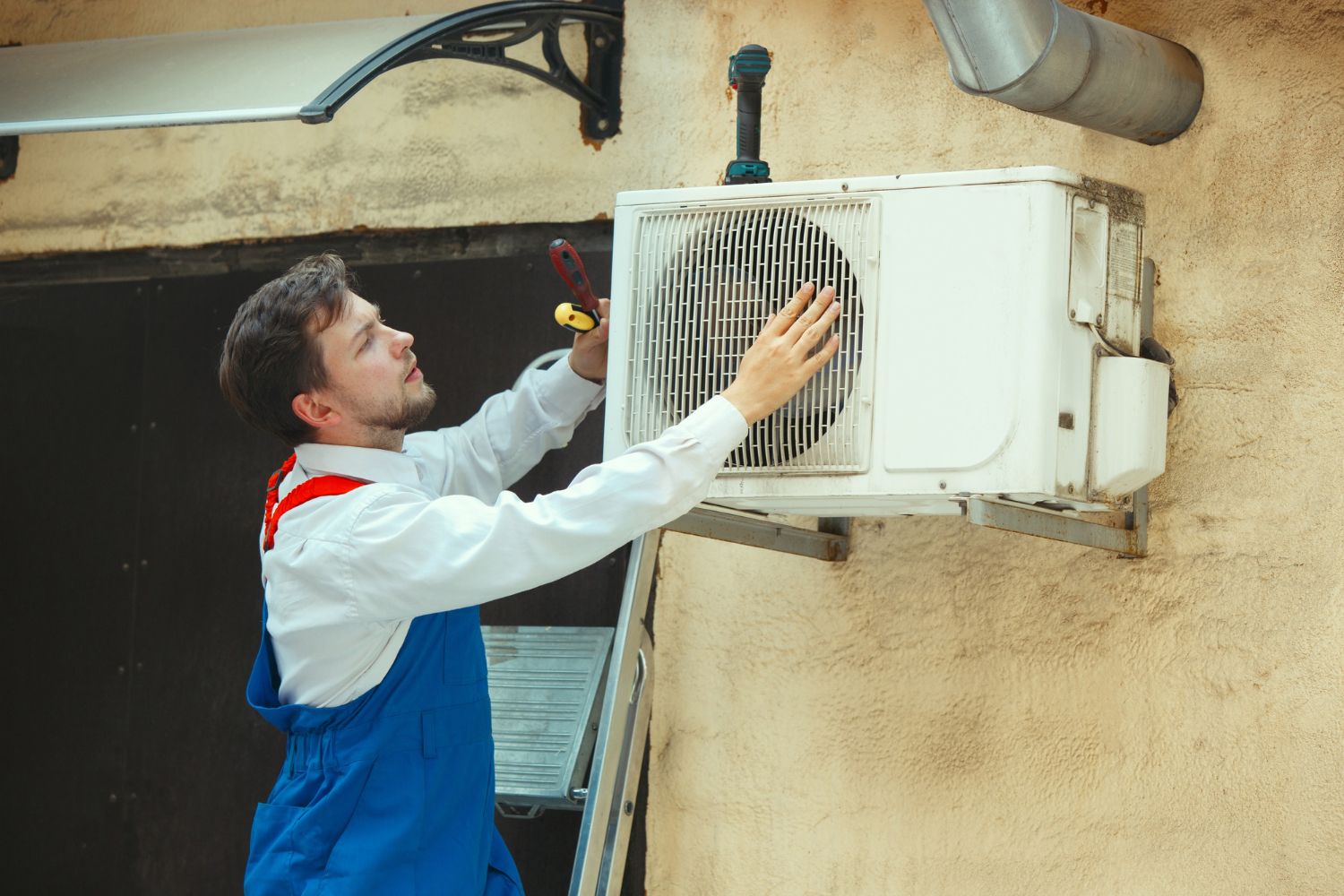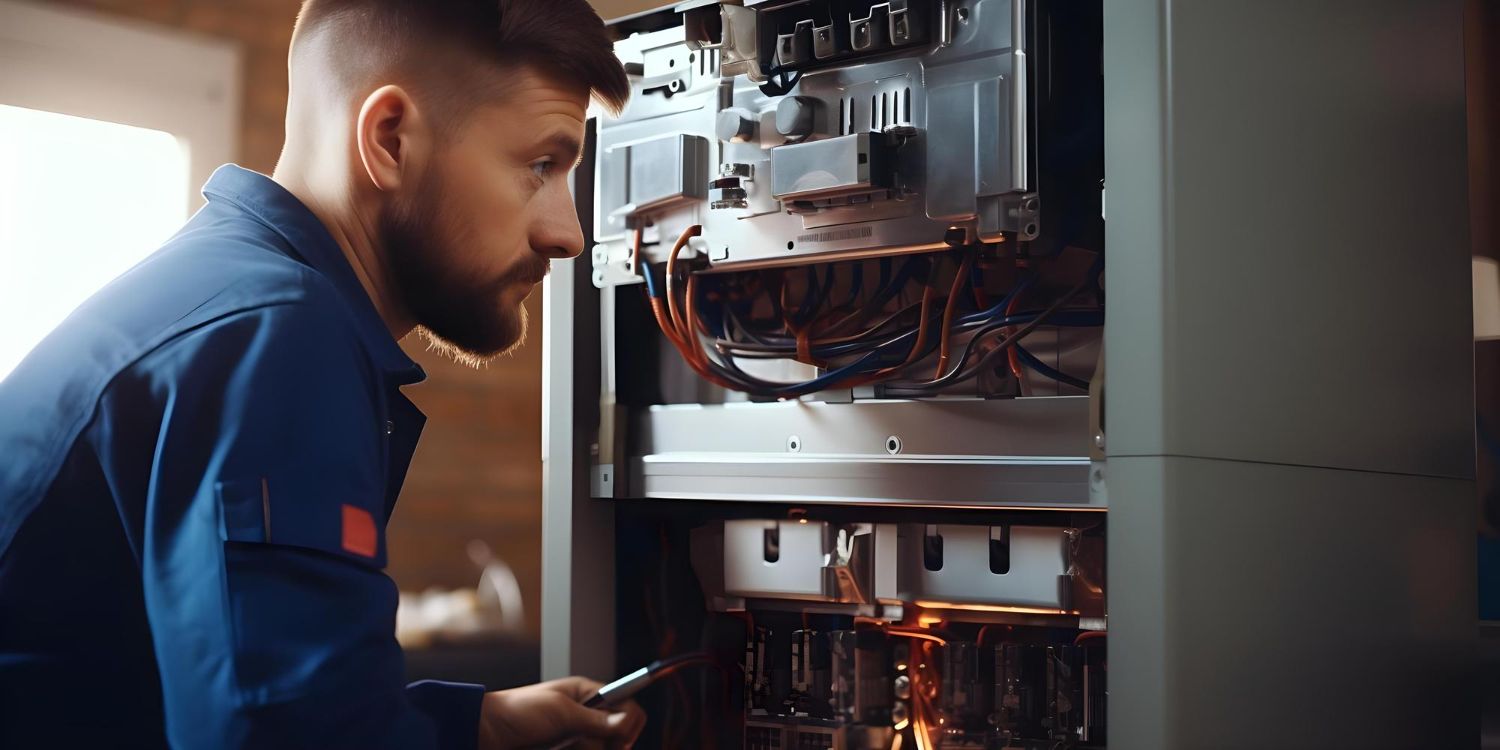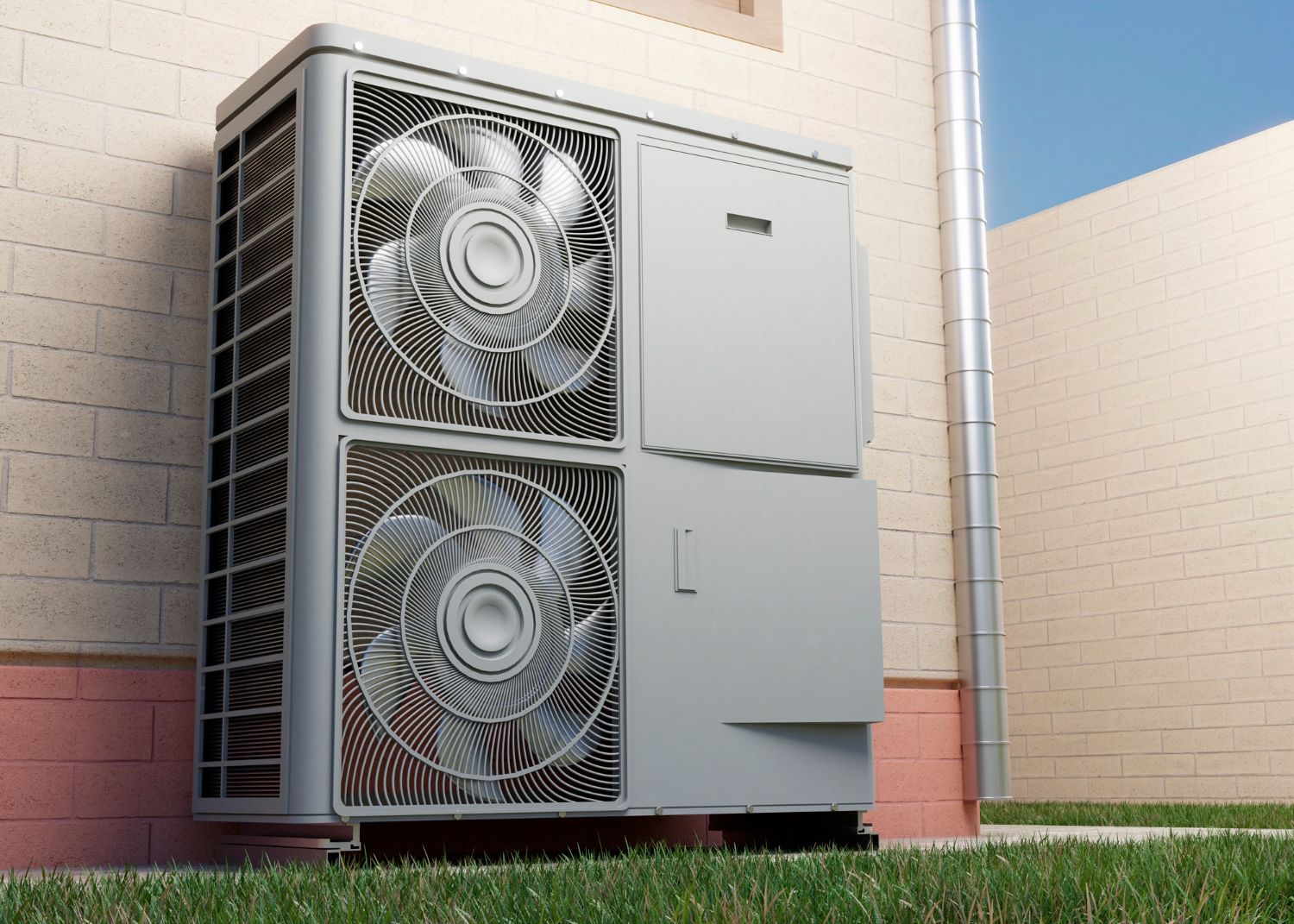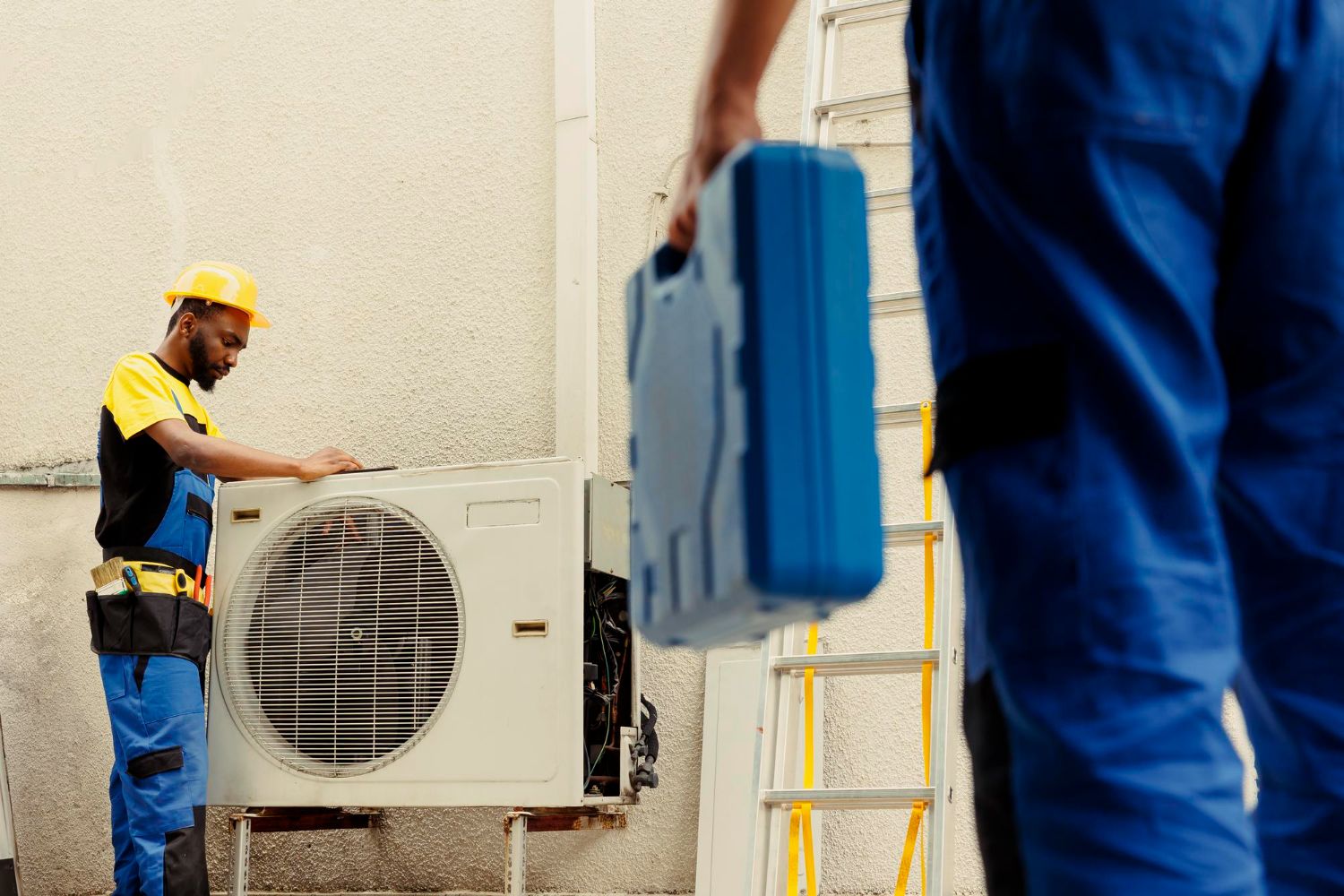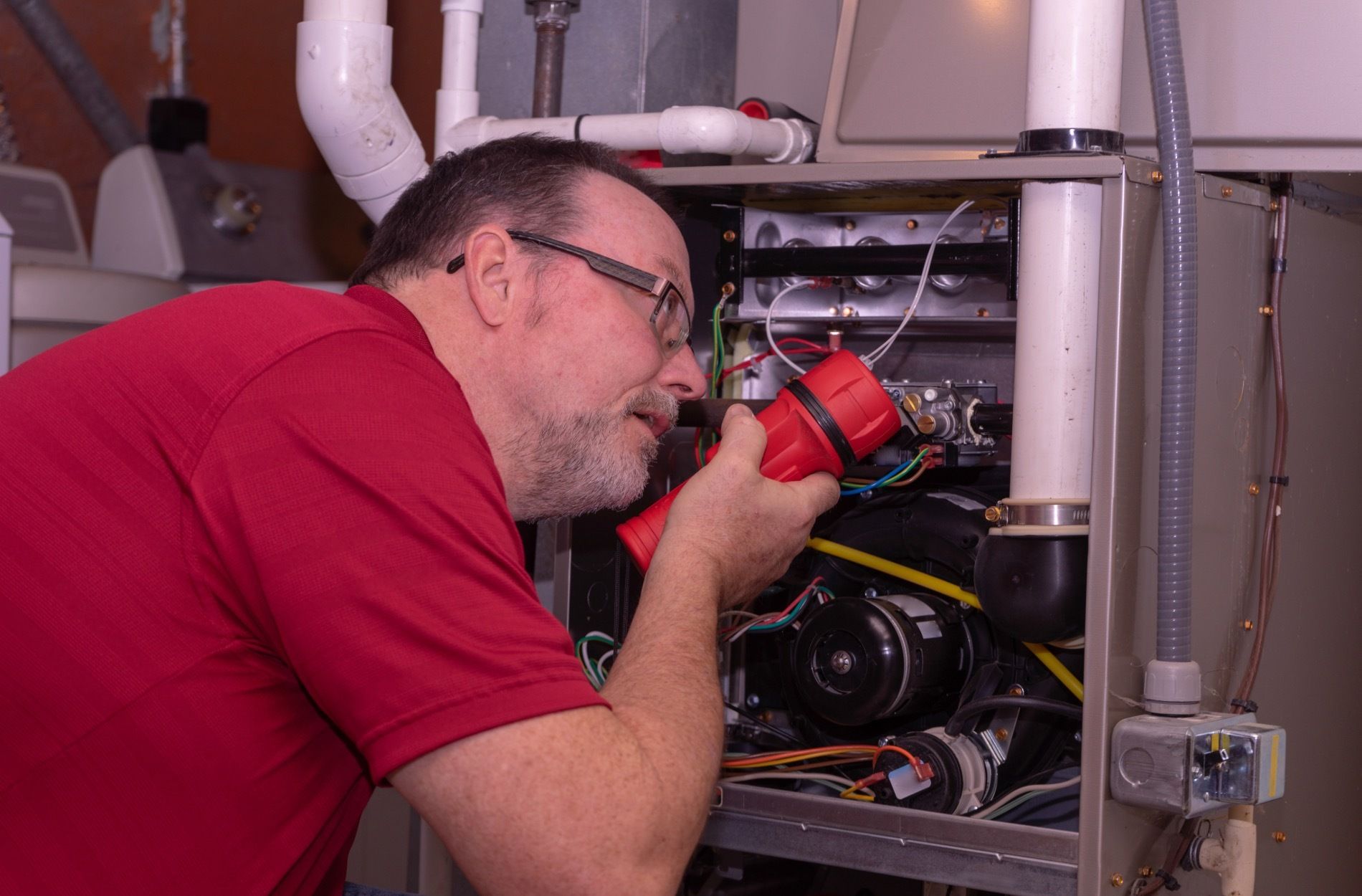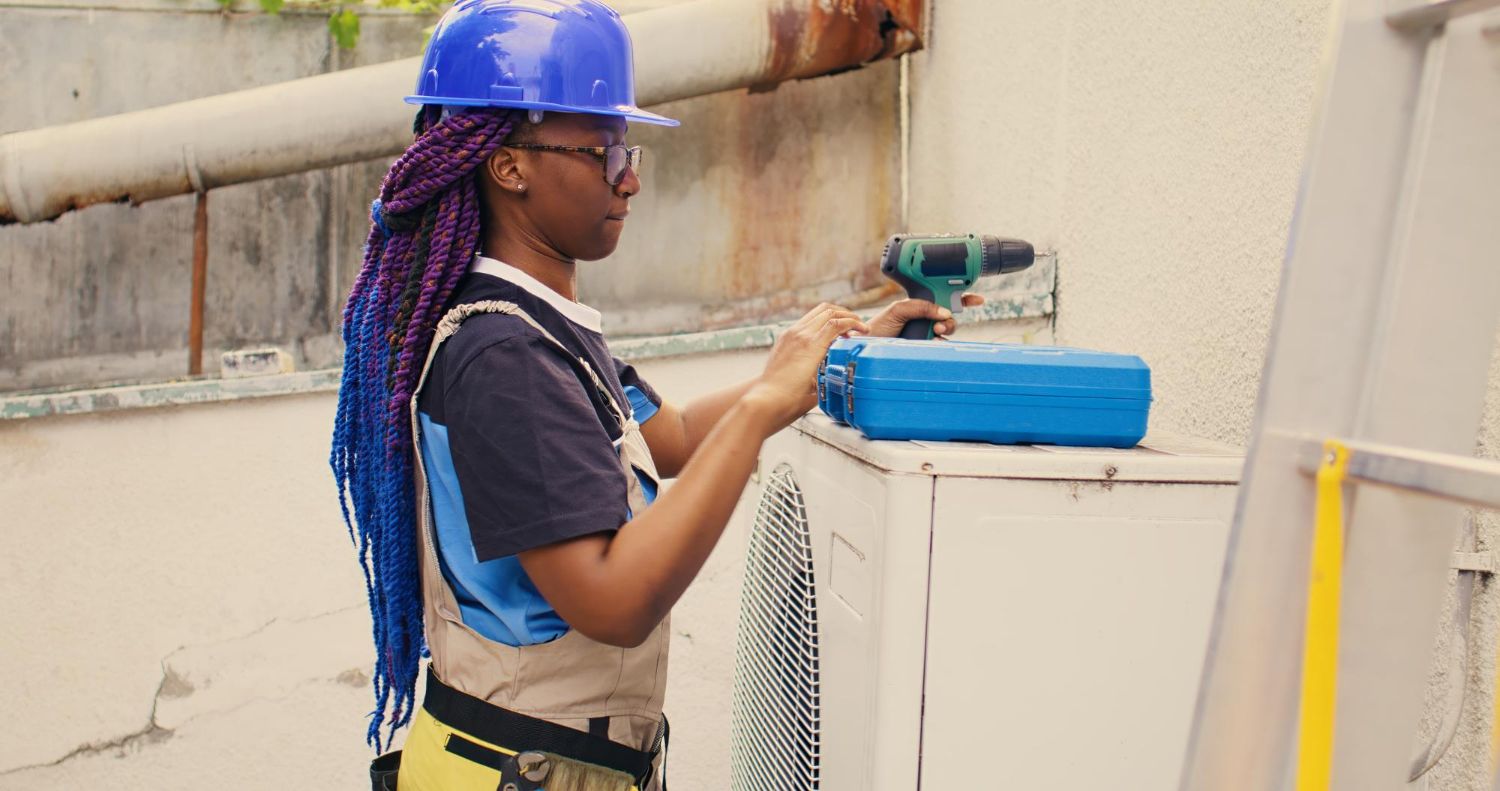
Furnace Repair: How to Detect and Fix Air Flow Problems
A well-functioning furnace is essential for maintaining a comfortable home, especially during the cold months. One key aspect of a furnace’s performance is proper air flow. If your furnace has air flow problems, it can lead to insufficient heating, higher energy bills, and even safety hazards. Identifying and addressing these issues promptly is crucial for ensuring the comfort and safety of your home.
Common Causes of Air Flow Problems in Furnaces
Air flow problems in furnaces can be bothersome and may lead to other issues if not addressed promptly. Understanding the common causes helps in diagnosing and resolving the problem efficiently.
1. Clogged Air Filters:
One of the most common causes of air flow problems is clogged air filters. Dust, dirt, and debris can accumulate over time, restricting air flow through the system. This can lead to insufficient heating and increased strain on the furnace.
2. Blocked Ducts and Vents:
Blocked or closed vents can impede the proper circulation of air. Furniture, curtains, or other objects may obstruct vents, causing uneven heating throughout the house. Additionally, debris or dust inside the ducts can disrupt air flow.
3. Blower Motor Issues:
The blower motor is responsible for pushing air through the furnace and into your home. If the blower motor is malfunctioning or damaged, it can significantly reduce air flow. Common issues include a worn-out motor or a faulty capacitor.
4. Dirty or Failing Heat Exchanger:
A dirty or failing heat exchanger can also restrict air flow. Dirt buildup on the heat exchanger can prevent it from heating the air effectively. In some cases, a cracked or damaged heat exchanger can lead to more serious problems and should be checked by our professionals.
5. Leaky Ductwork:
Leaks in the ductwork can cause air to escape before reaching its intended destination. This not only reduces air flow but also makes your system work harder to maintain the desired temperature, leading to increased energy consumption.
How to Detect Air Flow Problems Early
Detecting air flow problems early can save you from major furnace repair costs and ensure your home remains comfortable. Here are some signs and simple checks you can perform:
1. Uneven Heating:
One of the most noticeable signs of air flow problems is uneven heating. If some rooms are too cold while others are too warm, it may indicate an issue with air distribution. Check the vents in these rooms to see if they are blocked or closed.
2. Weak Air Flow:
Place your hand near the vents to feel the strength of the air flow. Weak or insufficient air flow from the vents suggests a problem with the furnace or ductwork. It could be due to a clogged filter, closed vent, or an issue with the blower motor.
3. Increased Energy Bills:
Unexplained increases in your energy bills can be a sign of air flow problems. Restricted air flow can cause the furnace to work harder and longer to maintain the desired temperature, leading to higher energy consumption.
4. Strange Noises:
Listen for any unusual noises coming from your furnace or ductwork. Noises like banging, whistling, or grinding can indicate mechanical issues or blockages affecting air flow. These noises often require attention from our technicians.
By performing these simple checks and being aware of these warning signs, you can detect air flow problems early and address them before they escalate. Timely detection allows for quicker and often less expensive furnace repair, ensuring your heating system functions efficiently.
Step-by-Step Guide to Fixing Air Flow Issues
Fixing air flow issues in your furnace can often be done with a few simple steps. Here’s a straightforward guide to help you resolve these problems:
1. Replace or Clean Air Filters:
Start by checking your air filters. If they are clogged or dirty, replace them with new ones or clean them if they are reusable. Clean filters ensure proper air flow and can improve furnace efficiency.
2. Clear Blocked Vents and Ducts:
Inspect all the vents and registers in your home. Ensure they are open and not obstructed by furniture, curtains, or other objects. Check the ductwork for any blockages or debris that might be restricting air flow. Clear any obstructions to allow free passage of air.
3. Check the Blower Motor:
If you suspect the blower motor isn’t working correctly, first make sure it is receiving power. If it is, you’ll need to inspect it for signs of wear or damage. If the motor or capacitor is faulty, it’s best to contact our professionals for replacement or repair.
4. Inspect the Heat Exchanger:
Turn off the furnace and inspect the heat exchanger for dirt buildup or damage. A dirty heat exchanger can be cleaned using a brush and vacuum. If you find any cracks or severe damage, contact our technicians for a thorough inspection and repair.
5. Seal Leaky Ducts:
Check your ductwork for any visible leaks or holes. Use duct tape or a specialized sealant to cover any leaks you find. Sealing these leaks helps in improving air flow and efficiency.
Following these steps can often resolve common air flow issues. However, if you continue to experience problems, it may be time to call our professionals.
When to Call Our Professionals for Furnace Repair
Certain situations call for the expertise of our trained professionals. Knowing when to seek professional help can prevent minor issues from becoming major problems.
1. Persistent Air Flow Issues:
If you’ve performed basic troubleshooting steps and still experience weak or uneven air flow, it’s time to call our professionals. Persistent air flow problems might indicate deeper issues within the furnace or ductwork that require professional diagnosis and repair.
2. Unusual Noises or Smells:
Strange noises such as banging, whistling, or grinding from your furnace can signal serious mechanical problems. Similarly, unusual or foul smells, especially gas-like odors, should never be ignored. Turn off the furnace and contact our technicians immediately for a thorough inspection and repair.
3. Frequent Cycling:
If your furnace turns on and off frequently without reaching the desired temperature, it could be a sign of a malfunction. This issue often requires calibrated adjustments or repairs that our professionals are equipped to handle.
4. Pilot Light or Ignition Problems:
Issues with the pilot light or ignition system can prevent your furnace from heating effectively. If you notice that the pilot light is out or keeps going out, or if the furnace struggles to ignite, it’s essential to contact our technicians for a safe and proper repair.
Promptly calling our professionals in these situations helps ensure that your furnace operates safely and efficiently.
Conclusion
Addressing furnace air flow problems promptly is crucial for maintaining a comfortable and safe home environment. By understanding the common causes, detecting issues early, and following a step-by-step guide for basic repairs, you can often resolve minor problems yourself. However, knowing when to call our professionals ensures that more complex issues are handled safely and effectively.
Choosing One Stop Heating and Air Conditioning for your furnace repair needs guarantees professional and reliable service. Our experienced technicians are dedicated to ensuring your heating system functions at its best.
For expert furnace repair in Sandy, UT, contact us today. Trust our professionals to keep your home warm and comfortable all winter long.
